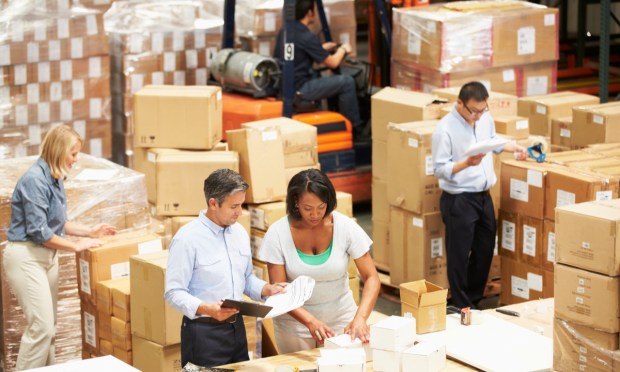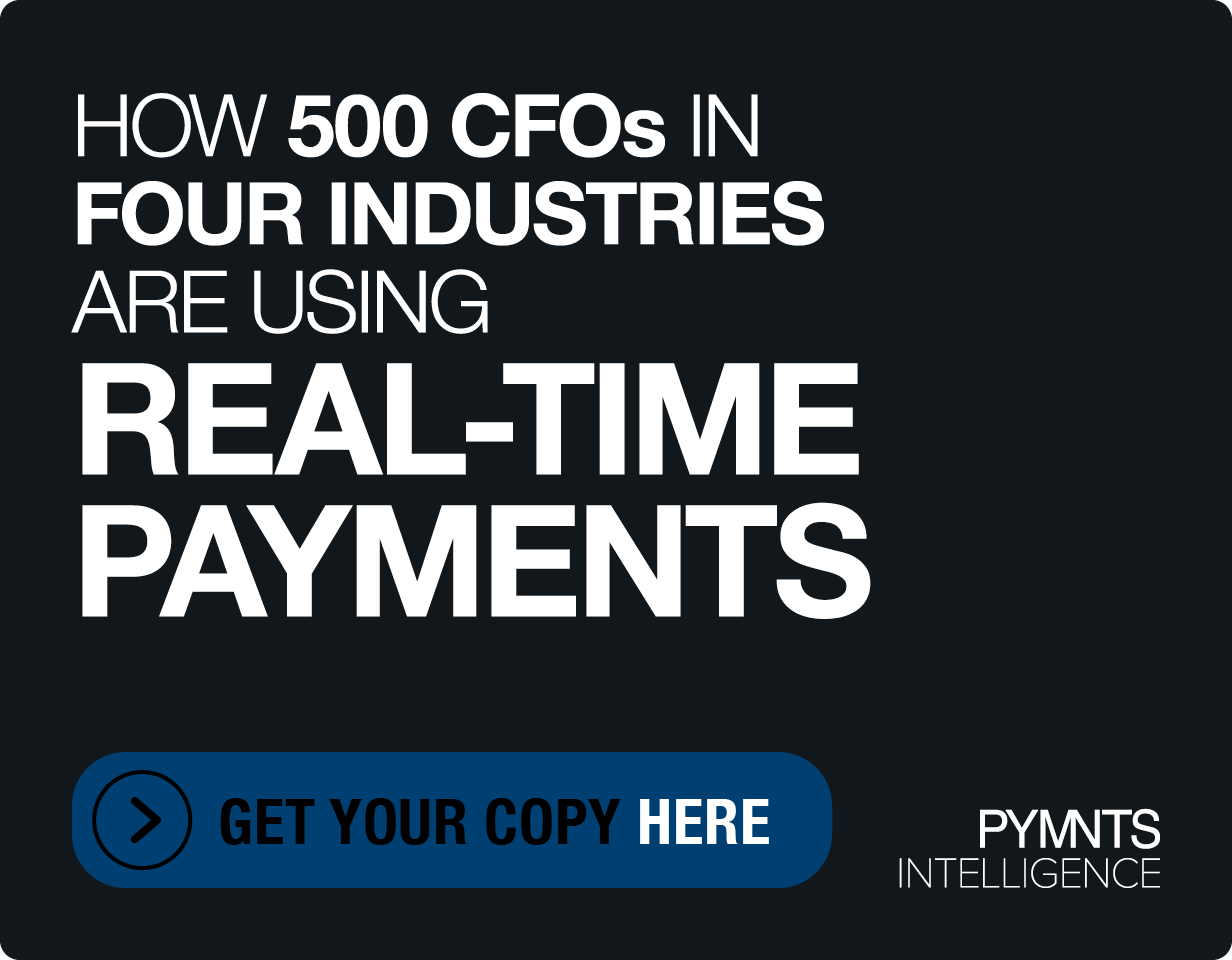Altman-Backed Slope’s Bid to Create GPT Business Payments

The business-to-business (B2B) payments economy represents a $125 trillion opportunity for the right innovation to unlock.
But those trillions of dollars being shuffled around between businesses don’t sit lightly — and their historic weight has served to entrench the way that organizations transact with and pay one another, leading to a host of ingrained habits and legacy processes.
“The lack of user-friendliness, the lack of flexibility, and the nightmare of integrations” are three persistent pain points that Lawrence Lin Murata, CEO and co-founder of Slope, tells PYMNTS CEO Karen Webster he sees plaguing the commercial payments ecosystem.
And Lin Murata is on a mission to disrupt the commercial transaction occasion, starting with payments processing which he views as “the front end of the experience.”
As for how he is doing it? With large language models (LLMs) and artificial intelligence (AI), of course.
Specifically his startup’s SlopeGPT solution, which aims to automate key commercial payment touchpoints across checkout, customer and vendor risk assessment, payment reconciliation and cash management.
“We work a lot in the CPG [consumer packaged goods] space,” says Lin Murata, “so if a large, enterprise wholesaler is selling CPG products through smaller grocers, then they will basically embed SlopeGPT into their workflows, and the buyer will have their own portal.”
“A lot of what we do is embed automation throughout the process,” Lin Murata explains. “The end-buyer or user doesn’t really care if there is AI or not, but we are using SlopeGPT in a way that streamlines the experience and automates the order-to-cash workflow.”
One convert to the GPT-led digitization of commercial payments is Sam Altman, the CEO of AI industry pioneer OpenAI, who joined Slope’s latest $30 million fundraising round.
“[The] quest to reshape the B2B payments experience and bring the sector into the digital age is audacious — and that’s why I chose to back them,” Altman said.
Integrating AI Into Order-to-Cash Workflow
Beyond juggling mountains of paperwork and being forced to navigate outdated processes that hinder efficiency, business owners are frequently faced with traditional commercial payment solutions that are rigid and may not cater to the diverse needs of their businesses.
“There are paper checks. There are manual paper reconciliation systems that don’t talk with each other. Even at large enterprise wholesalers, you’ll see hundreds of people in operations and their AR [accounts receivable] team tasked with the manual reconciliation and tracking of their order-to-cash process,” Lin Murata says.
Adding insult to injury, when organizations do decide to upgrade their workflows and digitize their commercial payment processes, they often find that integrating future-fit B2B payment solutions with their existing systems can be a complex and time-consuming task, which deters many businesses from embracing digital alternatives.
By addressing pain points, managing risks, and prioritizing long-term growth, proponents believe that AI-powered commercial payment platforms can lay the first bricks that pave the way for a successful digital transformation in the world of business payments.
One key benefit of leveraging AI to streamline the background workflows powering commercial payments is its ability to enhance, even prioritize, dynamic and flexible user-friendliness across traditionally static and immobile transaction touch points.
“We offer flexible pay methods that are typically more talked about for consumers, and that give businesses a lot of flexibility and a really easy experience,” Lin Murata says.
But ease of use can often result in a trade off with security — and that’s where the AI comes in.
“Managing the risk is our bread and butter, and that means using AI for underwriting, fraud monitoring, and payment risk detection,” Lin Murata says. “We use SlopeGPT as a way to categorize risk by looking at bank transaction data, looking at a debt language model, and clustering it in different ways to predict cash flow of a business as well as any potential fraud.”
Digital Transformation of Commercial Transactions
Lin Murata notes, “Technology does get commoditized over time,” meaning that crucial to success is “how fast you can iterate.”
That’s why, from the AI standpoint, he is investing in “AI infrastructure and clean data. It’s garbage in, garbage out [with AI] so if you don’t have clean data, you have nothing.”
Particularly because AI models analyze vast amounts of data to assess the creditworthiness of businesses, reducing the risk of default, data integrity is imperative within the commercial payments space.
Asked about this long-term view, Lin Murata explains that, ideally, solutions like Slope’s would become the “web that connects everything and makes everything smooth … making AR automation more efficient instead of having large teams handle it manually. … Right now the systems don’t talk to each other, and you have to handle a lot of reconciliation manually.”
It is a vision that Sam Altman has bought into — now, commercial businesses around the world just need to, too.

